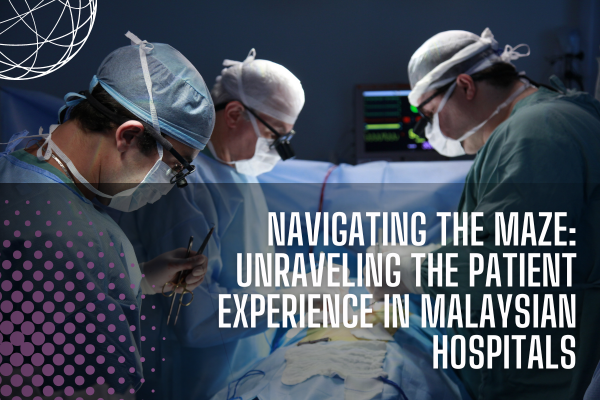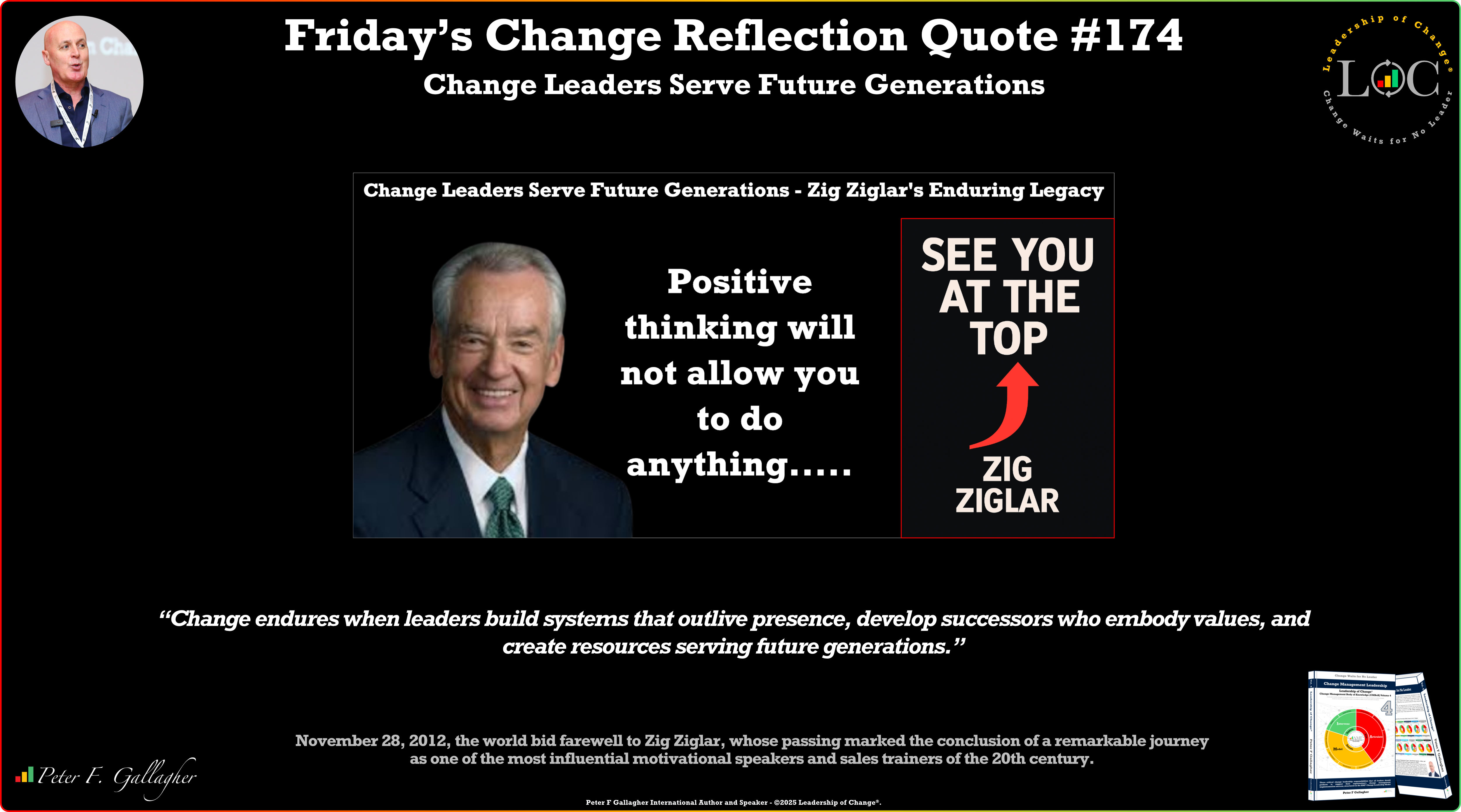May07

The modern healthcare system is a labyrinth of processes, technology, and human interactions. While it is designed to provide care, the journey through this system can be overwhelming for patients. From navigating insurance and appointments to understanding complex medical jargon and undergoing treatment, patients face many challenges that influence their overall experience.
For hospitals and healthcare providers, creating an optimal patient experience requires more than just clinical excellence. It demands empathy, clear communication, and a deep understanding of the patient's perspective. Before hospitals can design a compelling patient journey, they must first grasp the complexity of being a patient. This means recognizing patients' physical, emotional, and logistical hurdles and developing strategies to address them.
Let's explore the key aspects that contribute to the complexity of the patient experience. We examine the touchpoints that matter most to patients and identify common pain points that can create stress and confusion. By understanding these factors, hospitals can begin to design a patient journey that is efficient, compassionate, and responsive to individual needs.
Cultural Sensitivity in Patient Care
Malaysia is a culturally diverse country with significant Malay, Chinese, Indian, and Indigenous populations, among others. Hospitals must consider cultural and religious practices when providing care. For example, during Ramadan, hospitals should ensure that Muslim patients have options for fasting-compatible meal times and food. In addition, respecting religious customs, like offering spaces for prayer, contributes to a patient-centric approach.
Navigating Insurance and Payments
The complexity of medical insurance can be overwhelming for patients. In Malaysia, where public and private insurance systems operate, understanding coverage can be challenging. Real-life scenarios include patients struggling to comprehend insurance terminology or unexpectedly discovering their coverage doesn't extend to specific treatments. Hospitals can create dedicated help desks or provide insurance liaisons to assist patients with their queries. It's painful for patients to receive last-minute turn down from their insurance providers, and they are still determining what's next: do they continue with the private hospital or move to a government hospital?
Language Barriers and Communication
Malaysia's linguistic diversity can create communication hurdles in hospitals. Imagine a patient whose primary language is Tamil, struggling to understand instructions given in Bahasa Melayu or English. Hospitals can tackle this by employing multilingual staff, using translation services, or providing printed materials in various languages to ensure clear communication and reduce the risk of misunderstandings.
Quality of Care and Patient Safety
Patients need to feel confident in the care they receive. In Malaysia, we have some of the best medical practices in place. Hospitals can further improve quality and safety by adopting international best practices, such as conducting regular audits, ensuring staff is adequately trained, and creating a safety culture. For example, some hospitals have implemented checklists for surgical procedures to reduce the risk of errors etc.
Technology and Digital Health
The adoption of technology in healthcare can transform the patient experience. Malaysian hospitals can leverage telemedicine for remote consultations, reducing the need for in-person visits. Another example is the use of electronic health records (EHR), enabling seamless sharing of patient information across different departments, thereby improving the efficiency of care delivery. I still see a lot of manual processes in Malaysian hospitals. Which can digitalize along the way.
Emotional Support and Patient Well-being
Hospitals can be stressful environments, and emotional support is crucial. This could mean providing counselling services, establishing patient support groups, or ensuring a friendly and compassionate staff in Malaysian hospitals. For instance, some hospitals have started offering art therapy or meditation sessions to help patients cope with stress and anxiety during their stay. It's no more about the processes alone; it's about looking after the patient's emotions in total.
Patient Education and Health Literacy
Patients often require more information to make informed decisions about their health. Consider a patient diagnosed with diabetes who don't fully understand the lifestyle changes required. Hospitals can offer educational programs or workshops to improve health literacy. Additionally, providing clear and straightforward educational materials about various conditions and treatments can empower patients to take control of their health.
Community Engagement and Outreach
Hospitals play a vital role in their communities. A real-life example is a hospital that organizes health fairs or free health screenings in local neighbourhoods, fostering stronger connections and building trust with the public. These outreach efforts can also help hospitals understand their communities' unique needs and challenges. Currently, NGOs are undertaking this responsibility to reach out to the community.
Patient Feedback and Continuous Improvement
Gathering patient feedback is essential for hospitals to identify areas for improvement. In Malaysia, hospitals can conduct regular patient satisfaction surveys or hold focus groups to gather insights. A hospital might discover through feedback that wait times in the emergency department are too long, leading to process changes that streamline patient flow and improve the overall experience.
The journey through a hospital can be a daunting experience for patients. As we've explored, many factors contribute to this complexity—from cultural and linguistic diversity to the intricacies of insurance and technology. By understanding these challenges, hospitals in Malaysia can better design patient-centric experiences that are both efficient and compassionate.
Successful patient journeys require a multi-faceted approach that addresses cultural sensitivity, clear communication, emotional support, and community engagement. By focusing on these aspects, hospitals can improve patient satisfaction, build trust, and foster a reputation for high-quality care.
Ultimately, the patient experience is at the heart of healthcare. By embracing patient feedback and continuously striving for improvement, Malaysian hospitals can create an environment where patients feel valued, understood, and cared for. The path forward involves collaboration, empathy, and a commitment to providing the best possible care for everyone who walks through the hospital doors.
By Santhakumaran Atmalingam ACXS
Keywords: Customer Experience, Health and Wellness, Healthcare
 Operational Speed Without Strategic Clarity Creates Chaos
Operational Speed Without Strategic Clarity Creates Chaos The AI Curriculum: A Library's Deep Dive into Artificial Intelligence
The AI Curriculum: A Library's Deep Dive into Artificial Intelligence Friday’s Change Reflection Quote - Leadership of Change - Change Leaders Serve Future Generations
Friday’s Change Reflection Quote - Leadership of Change - Change Leaders Serve Future Generations The Corix Partners Friday Reading List - November 28, 2025
The Corix Partners Friday Reading List - November 28, 2025 The High-Performing Manager’s Burger: A Practical DoD that Reduces Defects and Shortens Cycle Time
The High-Performing Manager’s Burger: A Practical DoD that Reduces Defects and Shortens Cycle Time